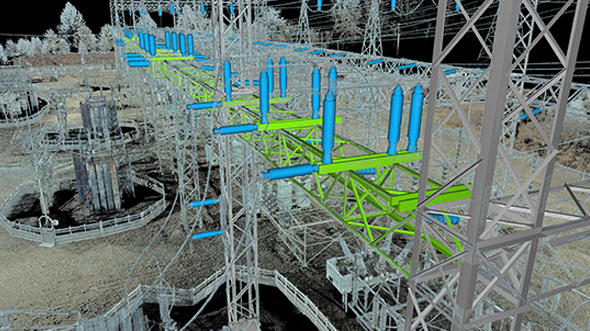
BLOG
—
Keys to Planning, Monitoring and Executing a Successful Project Plan
A new project has been initiated. Contracts have been signed. The project charter has been developed. You are almost ready to advance. But before you begin navigating this new adventure, there is one more step to complete: Put together a well-thought out plan that covers the key aspects of the project from outline to objective. By doing this and by following basic project management steps, you will reach your goal and avoid headaches down the road.
The project plan is your road map to successfully executing a project. The size and amount of detail included will vary, but each project should have a plan that includes scope, schedule and budget. Most organizations have planning templates that can be tailored to fit the needs of any project. These can range from a project as small as a kitchen remodel to one as immense as a New York skyscraper. But regardless of the look and feel of your project, each plan must be followed to meet the project objective.
The project planning phase is often the most time consuming, and for good reason. The complexity of a project may require a year or even more of preparation to outline a plan’s essential components—all before any work commences. However, every bit of this is necessary to avoid issues during the project’s execution phase, as these could adversely impact other facets of the project. When done right, these early phases will pay dividends once the project is underway.
The responsibility of developing the project plan usually falls to the project manager. However, to develop a quality project plan, critical project stakeholders also must be included. A plan covers many aspects of a project, so it’s important to include multiple subject matter experts to help develop these sections. Don’t make the mistake of trying to do it all yourself—that will increase your risk of having a plan that misses the mark.
As noted, each plan should be tailored to meet the needs of the objective. But it also is important to prepare for changes to that plan as they arise. For each aspect of project planning—like quality, resources, risk, communication and stakeholders, to name a few—it is essential to describe how each will be handled, executed, monitored and/or controlled. Continually update your guideline to ensure that work continues according to plan.
You are now ready to advance. You have developed a project plan and it has been approved—but don’t let it gather dust on the shelf while work is underway. No matter the project, periodically revisit and adjust as needed. When the project’s scope, budget or schedule are altered, it can have a domino effect. Any time a change is approved, project baselines will need to be updated and the plan reviewed to ensure sections are aligned under the revised plan.
By following through with sound project planning, management and monitoring practices, you will be able to effectively execute your project and meet your objective.

Doug Garvey
Doug Garvey, PE, PMP, oversees the collection of high accuracy, GPS data points on natural gas infrastructure for a gas utility in Ohio and Virginia. A member of the American Society of Civil Engineers, Garvey works out of the firm’s Toledo office and has extensive experience managing projects, consultants and contractors.


